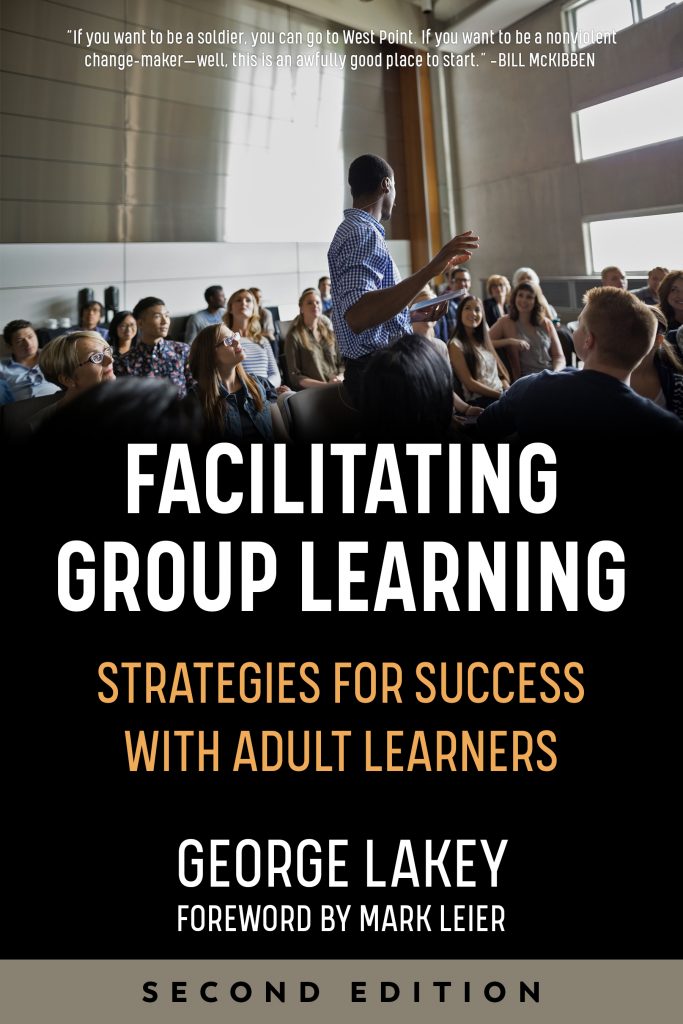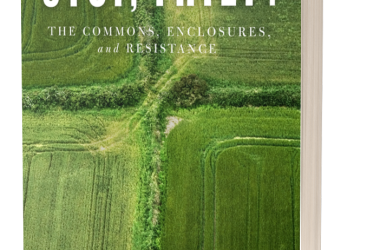By Mark Leier
This is a dangerous and deeply disturbing book for those of us who teach at post-secondary institutions. It is dangerous because it forces us to face the growing corporatization of colleges and universities. These institutions have always abided by the rules of prudent business. They have tended to the accounts and allocated resources and taken instruction from their political and business masters. But over the last forty years college and university administrators have consciously and eagerly adopted the aims and objectives and means of the corporation. Students are considered customers, and the institutions compete with each other for market share, or, in admin-speak, “bums in seats.” Since the goods offered for sale are more or less interchangeable, like Pepsi and Coke, the competition is based instead on branding, advertising, and dubious rankings. Students are also considered products, and producing more units profitably means reducing labor costs. The work process—courses and instruction— are prefabricated and routinized and intensified, with larger and larger classes. Teaching is mechanized, with multiple-choice exams marked by electronic scanners, “student response systems,” or clickers, and online courses. Labor itself is contracted out, with instructors, many of them women and people of color, part of the precarious gig economy.
The students “produced” on the assembly line are carefully monitored for “quality control,” and so students are increasingly scrutinized for plagiarism and cheating. Students must submit their papers through plagiarism detection software companies, and instructors are given complicated instructions for monitoring exams. At my university, instructors were advised to use Jeremy Bentham’s “panopticon principle” and watch students from the back of the room, not the front. This would, the memo continued confidently, reduce cheating, since students could never be sure they weren’t being observed. That an 18th century idea for prison reform could be seriously promoted as an innovative pedagogical tool says much about the culture of university administrators. Apparently, they are unaware, or pretend not to understand, that a society gets the criminals it deserves. Instead, they create more and harsher penalties—my university invented a new grade, that of “FD,” for “Failed for Academic Dishonesty”—as they ignore their direct responsibility for the conditions and pressures that lead to the problem they hope punishment will solve.
Instructors too are often complicit in the depersonalizing of teaching and the infantilization of students. Some are forced to go along as they scramble for precarious jobs and cope with crushing workloads without the support necessary to resist. Others are eager to assert their power over students. This was brought home to me when a tenured university instructor saw that the book was geared toward diverse adult learners and scoffed, “this book is irrelevant; our students aren’t adults.”
George does not suggest we treat them as if they were adults. He understands they are adults who have reached the age of consent, voting, signing contracts, and being tried in adult court. If it comes to it, college and university-aged people will most assuredly be sent off to kill and die in war. While instructors and administrators ignore this, George insists, calmly, confidently, and with much experience, that it is best place to start our teaching and learning. That wonderfully simple and profound point is subversive and dangerous, because it forces conscientious instructors confront the hierarchy and the command and control structure of the corporate university.
This is a disturbing book, because it calls on us to reject our assigned roles as assembly line managers. It calls on us to stop relying on our hard-won expertise and command of content to demand authority and attention. Instead of starting with ourselves, we start with the interests, needs, experiences—the expertise—of the people we’re working with. Giving up the privilege we have in the classroom, our authority, our expertise as masters of content, can be deeply unsettling. Haven’t we invested time and money and earned the right to be called doctor and professor, a right to some respect based on what we’ve learned and love and want to share? That’s the reaction of the middle-class intellectual, middle-class by role in the corporate structure, if not family background and income. But democracy is messy. Having people speak and argue presumes equality. That means giving up the authority of our syllabus and content. This book invites us to recognize that, and it is uncomfortable.
The book is largely based on George’s experience working with activists, who have come together to train with him. As a result, the book assumes that people want to be in the classroom. In our world of pre-requisites, mandatory courses, large class sizes, propaganda disguised as education, this is rarer and rarer at the college and university. This indifferent disrespect of the institution forces people to adopt the weapons of the weak, and the fawning “keener,” the passive-aggressive student, the vanishing student, and the student rightly suspicious of the power imbalance of the classroom make it clear that is much more interesting to study subaltern resistance than to have to work with it! But the book has techniques and ideas to help us overcome these survival mechanisms and negative expectations.
They are much different from the “hot licks and cheap tricks” we often look for to help our teaching: the new icebreaker, the fun group exercise, the innovative assignment. They are different because they are all grounded in a democratic, radical, subversive pedagogy rather than classroom management. Easy to adopt and use, these techniques have edges that provoke and challenge and push us all to learn and grow.
A final warning about the book. As midline managers in academia, one of the functions of instructors is to de-animate conflicts, both in the classroom and in society. This is summed up in the field of labor relations, in those few places that still have unions and contracts and grievance procedures, with the mantra, “work now, grieve later.” Nothing must be allowed to stop production! As a result, many of us think our classes are successful when conflict doesn’t arise, or we when quell it quickly and peacefully. But democracy is messy. Having people speak and argue on matters that affect them personally is often uncomfortable for us and for our students. As instructors and facilitators, part of our job is to embrace conflict instead of smothering it while ensuring people are safe and secure enough to take chances. This means giving up the authority of our syllabus and our mastery of content to respect the people we are working with. This crucial part of emancipatory pedagogy inverts the marketing device of “experiential learning”—come to University X for the experience!—and puts the lived experience of people at the center of teaching. It has less to do with people listening to our voices and more to do with encouraging people to find their own voices. “Student-focused learning” becomes something people do themselves, not something that is done to them.
And so this dangerous and disturbing book is also an exciting and challenging book. It gives us the chance for real creativity, the mutual creation of real knowledge, as well as the tools to empower people. It is filled with wisdom and joy; it is unsettling and restorative; it offers hope and trust and vision. I can’t think of better qualities for a book on teaching.







